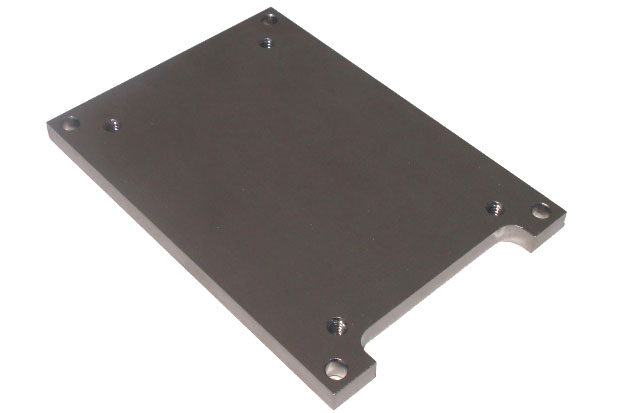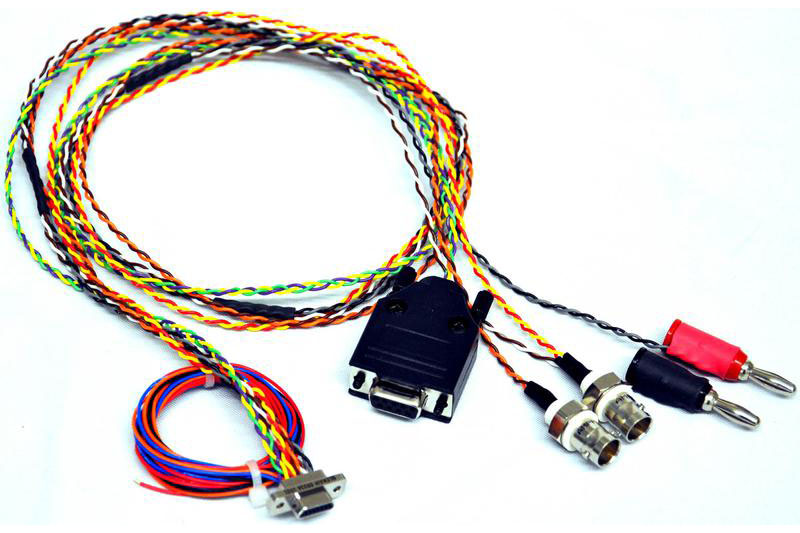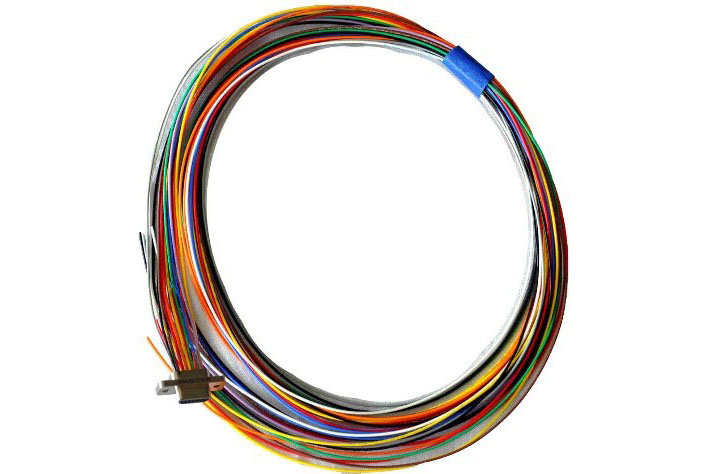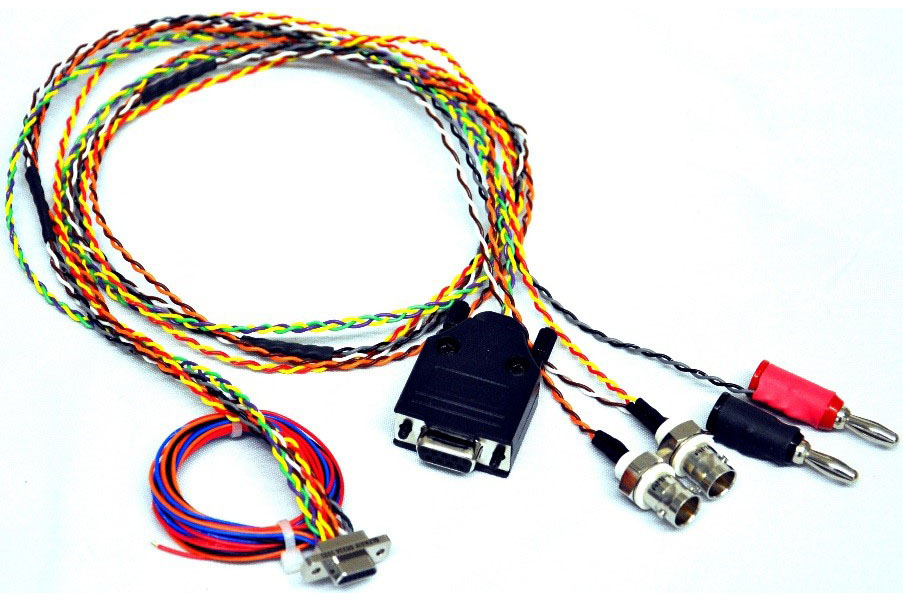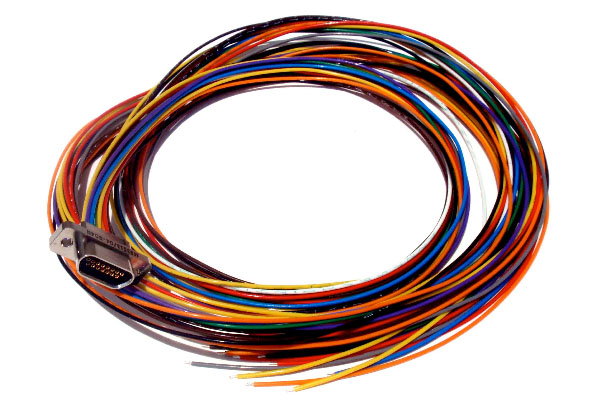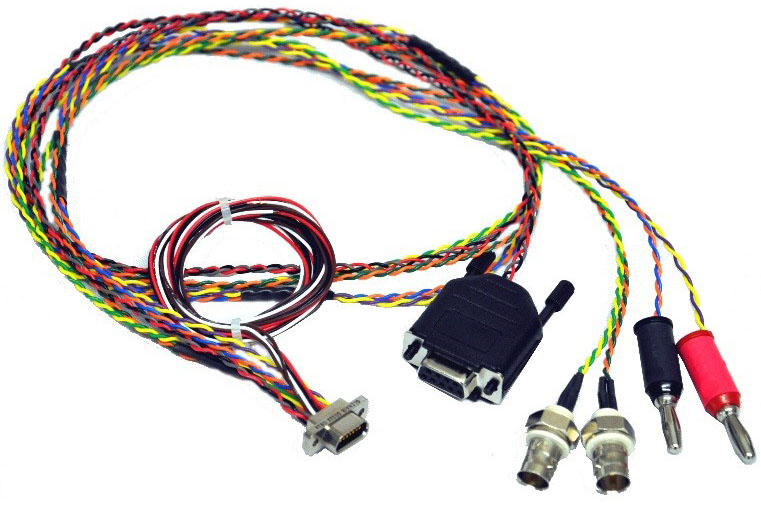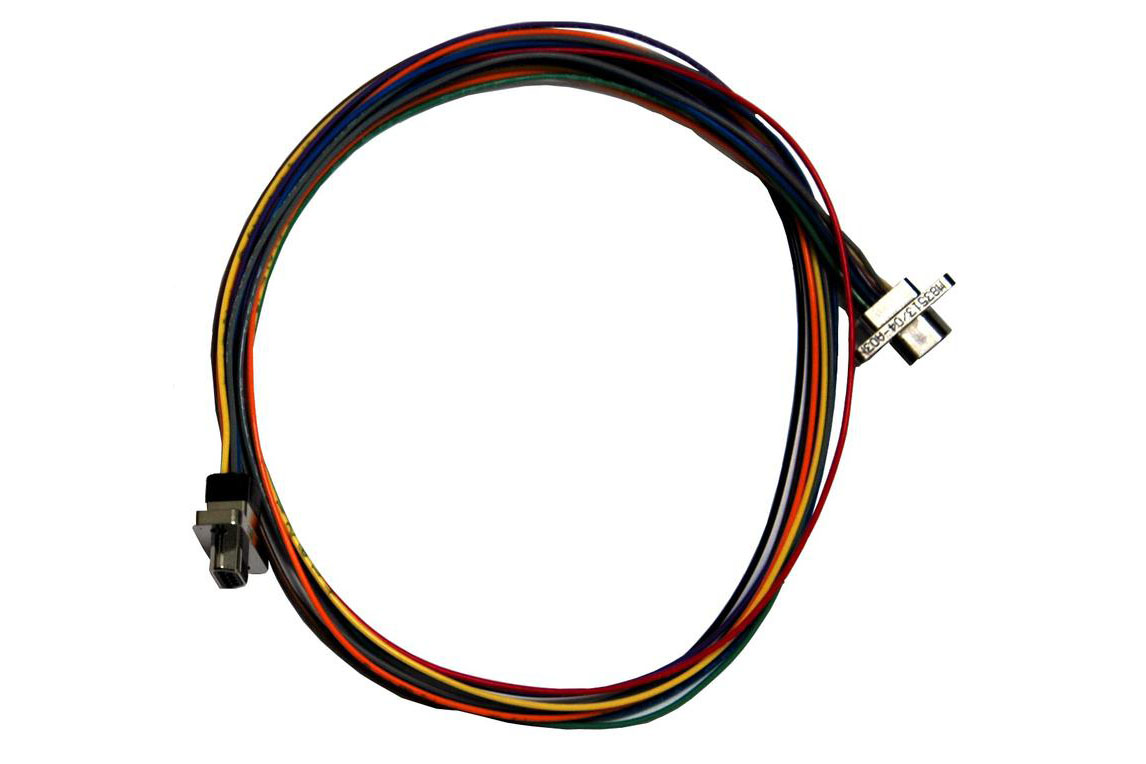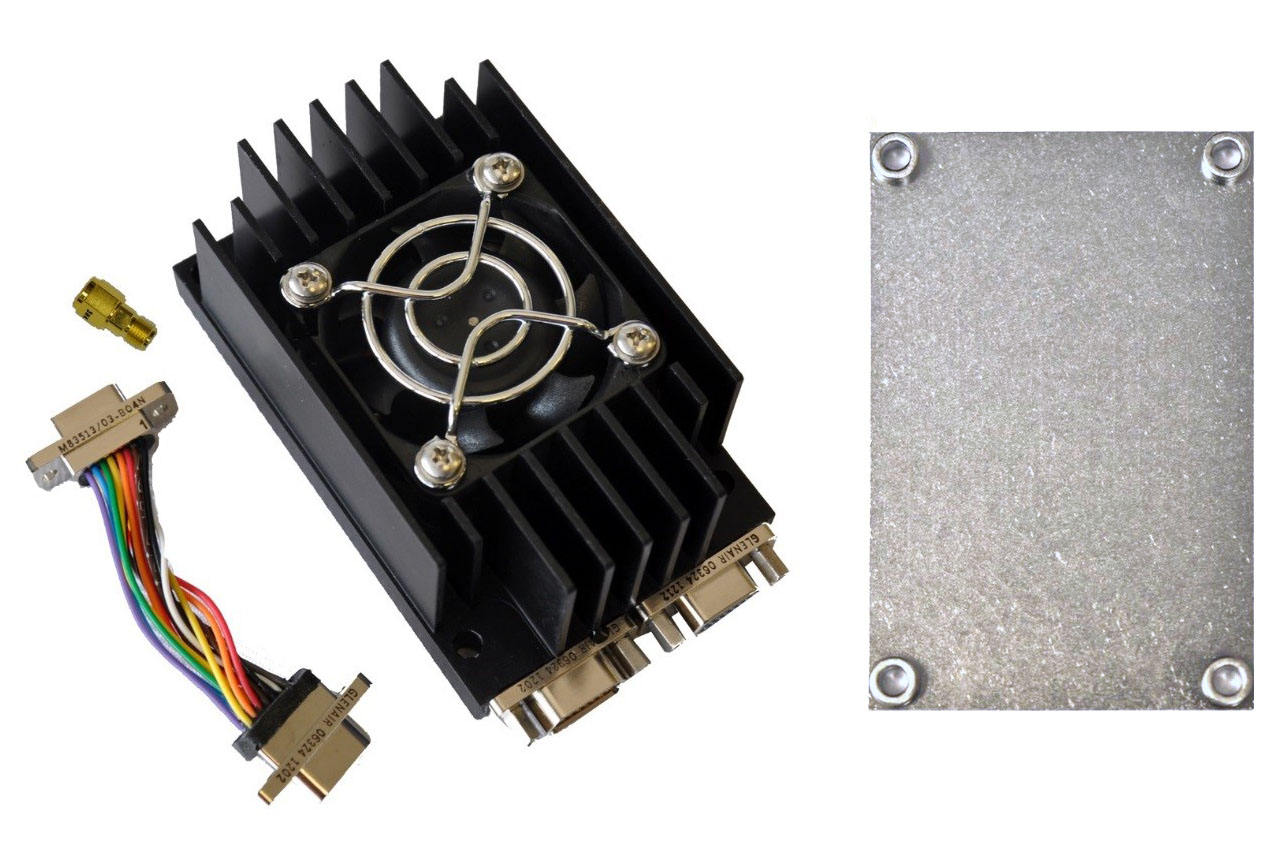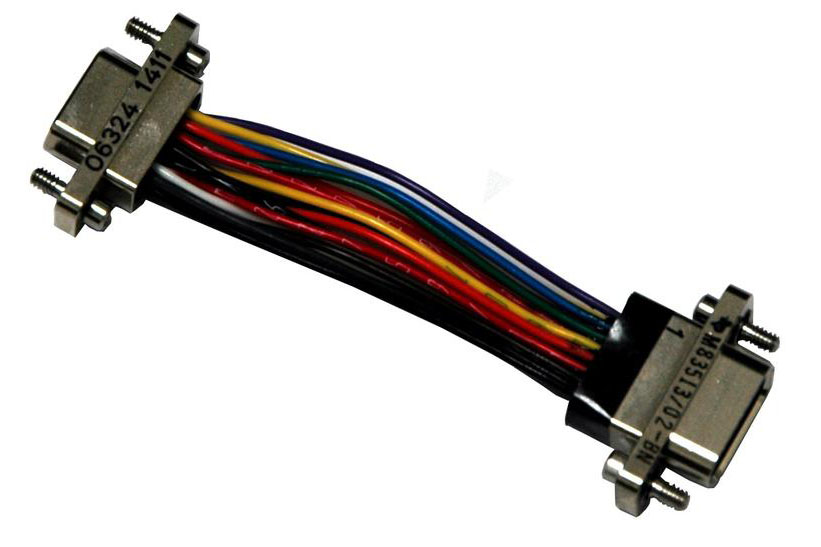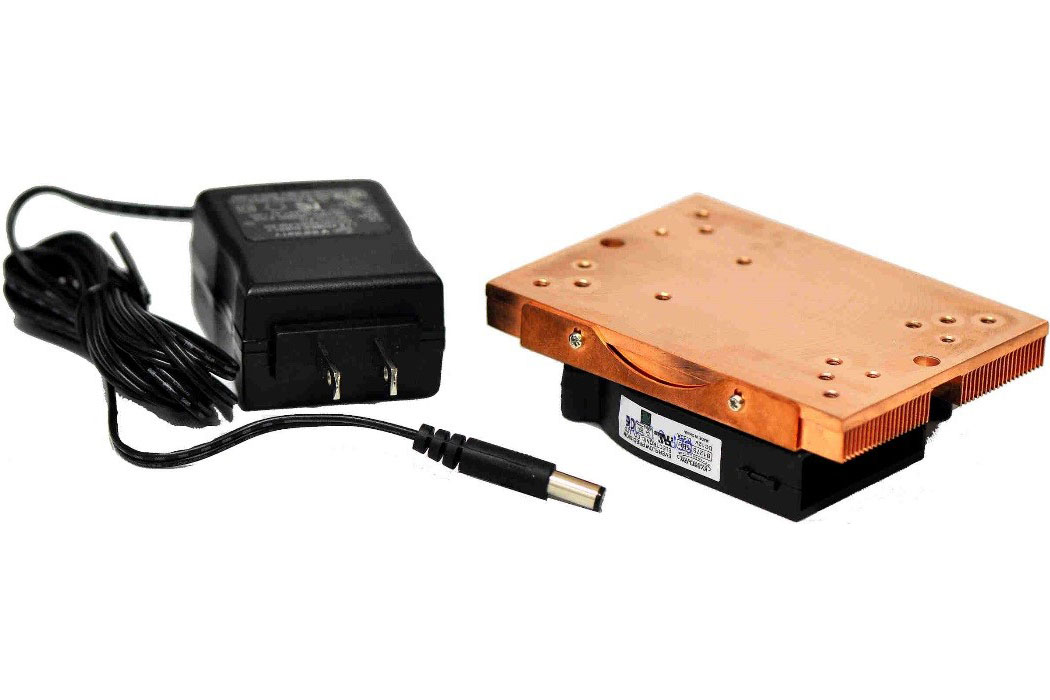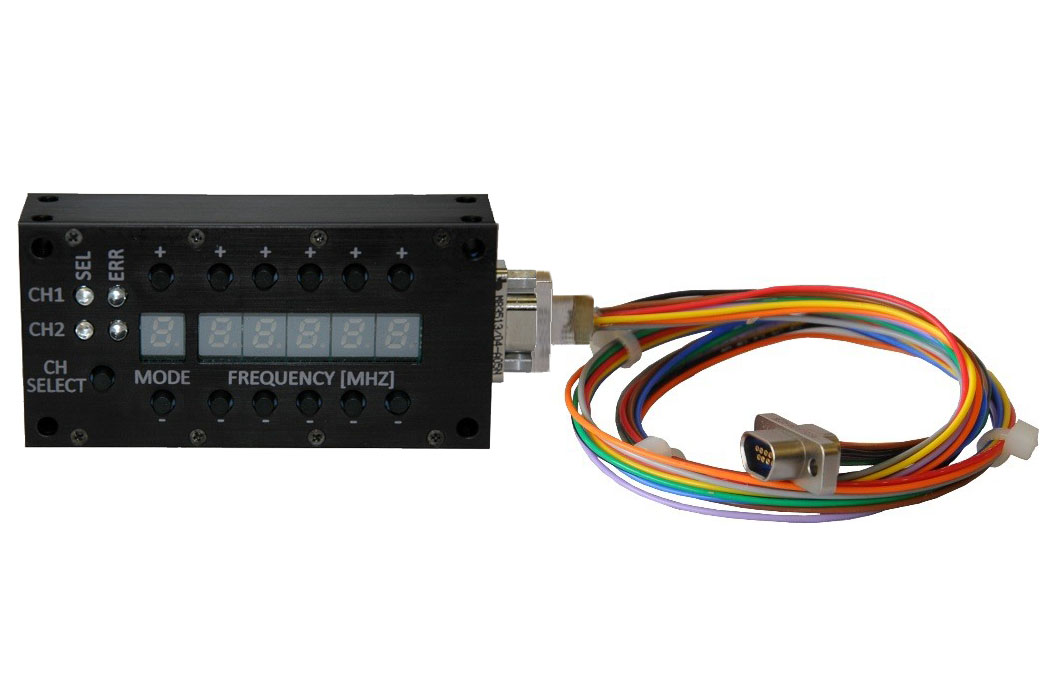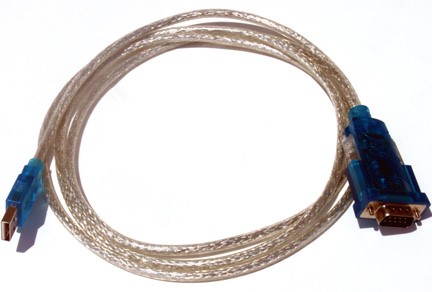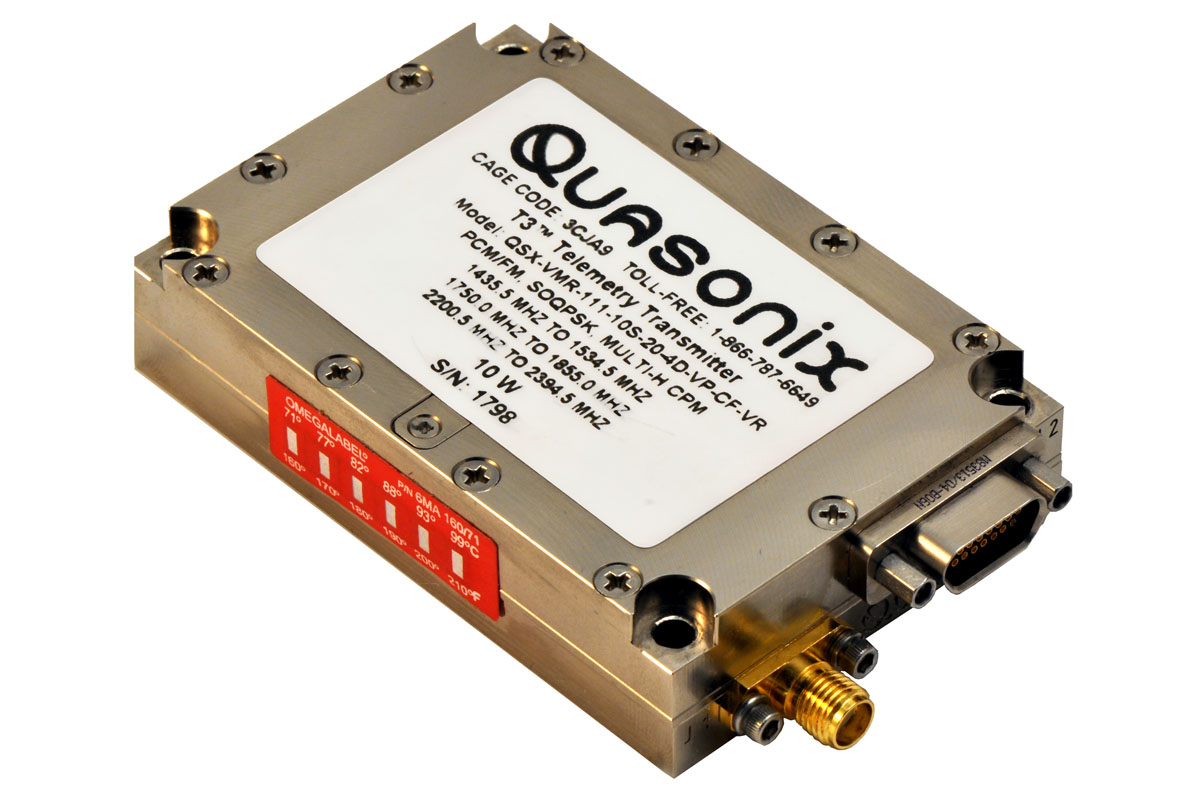
Fourth-Generation Powerhouse
Quasonix digital multi-mode telemetry transmitters are the benchmark of the industry, providing unparalleled performance and value, in small, robust, power-efficient packages. The TIMTER™ transmitter, now in its third generation and smaller than ever at 4.1 cubic inches, offers the most versatility of any transmitter in the industry, with advanced capabilities like L/S/C frequency tuning and output power up to 25 Watts.
ARTM Modulations
Quasonix transmitters offer three different modulations of increasing spectral efficiency – PCM/FM, SOQPSK-TG, and Multi-h CPM – also known as ARTM Tiers 0, I, and II, at standard bit rates from 0.1 to 28 Mbps (0.05 to 14 Mbps for PCM/FM). Options (HR/LR) are available to extend the upper limit to a maximum of 46 Mbps (23 Mbps for PCM/FM) and the lower limit to a minimum of 50 kbps (25 kbps for PCM/FM). With bandwidth at a growing premium in flight test telemetry, you can take advantage of 2 to 2.5 times the data capacity of the legacy PCM/FM waveform with SOQPSK-TG and Multi-h CPM.
Product Configurations
RF Output Power
- 10 mW, 1 W, 5 W, 10 W, or 20 W
- S band also available in 25 W
Frequency Band
- Lower L band (1435.5 MHz – 1534.5 MHz)
- Upper L band (1750.0 MHz – 1855.0 MHz)
- S band (2200.5 MHz – 2394.5 MHz)
- L/S band
- C band (4400.0 MHz – 4940.0 MHz)
- C band with “mid” option (C + 5091.0 MHz – 5150.0 MHz)
- Euro Mid C (5150.0 MHz – 5250.0 MHz)
- L/C band
- S/C band
- L/S/C band
Baseband Interface
- TTL or TIA/RS-422 (RS-422)
Other Highlights
- Outputs from 10 mW to 25 W and optional variable power – all while drawing less current than the competition
- Supports migration to 4400-4950 MHz and 5091-5150 MHz bands at 5 W or 10 W
- Automatic Data Rate Tracking
- As long as the external clock remains within specified data rates, the transmitter will automatically adjust to it with no programming or configuration required
- Bypassable Randomizer
- Standard IRIG-106 fifteen-stage randomizer, for applications with non-encrypted data
- Straightforward configuration and control and platform-independence with serial terminal programming
Product Literature
| Type | Title | Version | File Size | Updated | Length | Description |
|---|---|---|---|---|---|---|
| TIMTER™ Transmitter Datasheet | 2024.11.26 | Features, options, specifications, and select accessories for Quasonix’s range of multi-mode telemetry transmitters, including nanoTX™ and nanoPuck™. | |||
| Quasonix Catalog | 2024.10.25 | Catalog of Quasonix’s full product line including transmitters, antennas, receivers, networking equipment, and test equipment. Also includes examples of possible product configurations. |
Available on Most Transmitters
- Low Density Parity Check (LDPC) Error Correction System
- Multiple hardware-selected presets (2, 4, 8, or 16)
- Wide input voltage range
- Clock generator output to baseband connector
- Randomizer output to baseband connector
- Dual power (two settings, “high” and “low”)
- Variable power (32 discrete power level settings, spanning 24 dB)
- Clock-free baseband interface
- High bit rate option increases maximum bit rate to 46 Mbps (23 Mbps for Tier 0)
- Low bit rate option decreases minimum bit rate to 50 kbps (25 kbps for Tier 0)
- Parallel port frequency programming
- Parallel port mode selection
- Automatic carrier wave output
Option Literature
| Type | Title | Version | File Size | Updated | Length | Description |
|---|---|---|---|---|---|---|
| Receiver and Transmitter Low-Density Parity Check Datasheet | 2024.10.08 | The Low Density Parity Check (LDPC) Forward Error Correction mode improves link margin equivalent to nearly tripling the operating distance on your telemetry link. | |||
| SOQPSK with LDPC ITC Paper | 2013.10.21 | “SOQPSK with LDPC: Spending Bandwidth to Buy Link Margin,” by Terry Hill & Jim Uetrecht; presented at ITC 2013. |
Accessories
| Image | Item | Description |
|---|---|---|
| Adapter Plate for 2.5″ x 3.5″ Footprint | This adapter plate allows for the standard 2” x 3” TIMTER™ to be mounted to the larger 2.5” x 3.5” mounting surface occupied by other industry transmitters. Part Number: QSX-AP96 | |
| Heat Sink Thermal Pad | 2″ x 3″ Thermal Pad, Bergquist QPAD II, 0.006″/0.152mm thick, for use with heat sinks. Part Number: QSX-AC-TXTP | |
| MDM-15 RS-422 and TTL Wiring Harness | Female MDM-15 connector wiring harness with banana plugs for power and ground, BNC connectors for both RS-422 and TTL clock and data, and a DB-9 connector for serial control. Part Number: QSX-AC-MDM15-HARNESS-PIN-VR | |
| MDM-15 RS-422 Connector with Pigtails | Female MDM-15 connector with 36-inch pigtails. For RS-422 clock and data. Part Number: QSX-AC-MDM15-36-PIN | |
| MDM-15 RS-422 Wiring Harness | Female MDM-15 connector wiring harness with banana plugs for power and ground, BNC connectors for RS-422 clock and data, and a DB-9 connector for serial control. Part Number: QSX-AC-MDM15-HARNESS-PIN | |
| MDM-15 TTL Connector with Pigtails | Male MDM-15 connector with 36-inch pigtails. For TTL clock and data. Part Number: QSX-AC-MDM15-36-SOCK | |
| MDM-15 TTL Wiring Harness | Male MDM-15 connector wiring harness with banana plugs for power and ground, BNC connectors for TTL clock and data, and a DB-9 connector for serial control. Part Number: QSX-AC-MDM15-HARNESS-SOCK | |
| MDM-9 Female to MDM-9 Male Harness | MDM-9 Female to MDM-9 Male Harness, 18 inches. Part Number: QSX-AC-MDM9MF-HARNESS | |
| Transmitter Airborne IntelliCool™ Heat Sink | Fan-cooled heat sink for 2″ x 3″ transmitters for airborne applications. Operates from 21 VDC to 34 VDC, powered from existing transmitter wiring. Part Number: QSX-AC-HS-28V-SP | |
| Transmitter Airborne IntelliCool™ Heat Sink Wiring Harness | External wiring harness for fan-cooled heat sink for 2″ x 3″ transmitters. For airborne applications. Part Number: QSX-AC-HARNESS-HEATSINK-TX | |
| Transmitter Bench Heat Sink | Fan-cooled, AC-powered heat sink for transmitters. Used for testing at the bench; not airborne approved. Part Number: QSX-AC-32-HS-12V (formerly QSX-TIMTER-HS-12V). | |
| Transmitter Digital Frequency and Mode Switchbox | Transmitter digital frequency and mode switch box with MDM-9 connector allows configuration without the use of a computer. Part Number: QSX-AC-DSWBX | |
| USB to Serial Converter Cable | Allows for transmitter configuration using a computer that has a USB port but no serial ports. Part Number: QSX-AC-USBSER-CONV |
Accessory Literature
| Type | Title | Version | File Size | Updated | Length | Description |
|---|---|---|---|---|---|---|
| Transmitter Heat Sinks Datasheet | 2024.10.08 | Quasonix offers different types of integrated and add-on heat sinks, as described in this datasheet. Please contact Quasonix for heat sink recommendations for your particular TIMTER™ transmitter. |
User Manuals and Guides
| Type | Title | Version | File Size | Updated | Length | Description |
|---|---|---|---|---|---|---|
| TIMTER™ Transmitter Manual | 3.9.20 | 2024.12.03 | Installation and operation of Quasonix’s TIMTER™ Multi-mode Digital Telemetry Transmitters. | ||
| Receiver and Transmitter Low-Density Parity Check Guide | 1.1.1 | 2024.01.26 | This technical guide introduces Low-Density Parity Check (LDPC) encoding, its uses and benefits, the Quasonix products it is available for, and considerations for optimal set-up and use. | ||
| GMLRS Transmitter Manual | 1.3.19 | 2023.11.27 | Installation and operation of Quasonix’s GMLRS multi-mode digital telemetry transmitters. | ||
| Transmitter SMA Replacement Guide | 1.0 | 2022.02.01 | Simple instructions for the field replacement of an SMA (F) connector in a Quasonix TIMTER™ or Dual TIMTER™ telemetry transmitter. | ||
| Transmitter Binary Protocol Manual | 4.0.3 | 2021.02.03 | The binary serial protocol is designed to facilitate efficient machine to machine communication. This manual defines the binary protocol version 1.009. | ||
| Transmitter Binary Protocol Tester Manual | 1.0.4 | 2021.02.04 | How to test the binary protocol of Quasonix telemetry transmitters using Binary Protocol Tester software provided by Quasonix. | ||
| IRIG 106-13, Appendix N Interpretation | 1.2 | 2020.07.14 | Explains Quasonix’s standard transmitter protocol and how transmitters with the C7 option (IRIG 106-07 control protocol) will behave differently. | ||
| Transmitter RF Troubleshooting Guide | 1.2 | 2019.07.25 | Quick, three-part test to verify that the RF output on a Quasonix telemetry transmitter is working correctly. | ||
| Transmitter Overtemp Control Guide | 1.0 | 2018.10.26 | How to modify the internal overtemperature (OT) setting using the OC command. This applies to all Quasonix telemetry transmitters. | ||
| J/F 12 Files (1 MB Download) | 2010.07.29 | These files address the applicability of the US Government’s J/F 12 and DD Form 1494 classification documents to Quasonix’s TIMTER™ transmitter product line. |
Software Downloads
| Type | Title | Version | File Size | Updated | Length | Description |
|---|





